An icon from Dundee’s golden age of cinema reached its final reel in September 1972 when the Hilltown Plaza closed.
The Plaza showed movies, vaudeville acts and plays in a time when the word multiplex was still a twinkle in a marketing man’s eye.
The sunshine and glamour, lavish locations and gorgeous gowns from Hollywood seemed light years away from the drab grey tenements of the Hilltown.
The brief boom was brought to a shuddering halt by the rise of television and the silver screens suffered widespread closures in the 1960s and 1970s.
The Plaza became a bingo hall after becoming a victim of falling attendances.
The building was reduced to rubble in 1996 following a serious fire, with a £900,000 affordable housing development built on the derelict site.
Had it survived, the Plaza might by now have been declared a listed building.
Life and times
So let’s go back to the start of the 20th Century.
Here, we find Dundonians caught up in a love affair with the movies.
The Plaza Cinema opened on May 28 1928 with the first feature being Sybil Thorndike in Dawn, which was one of the most controversial films of the 1920s.
The two-storey building at 107 Hilltown with 1,620 seats was built for and operated by Scottish Cinema and Variety Theatres Ltd.
The Courier gave its take and said the Plaza would “undoubtedly be an acquisition to the city” and described it as “the last word in completeness and in spaciousness”.
“No effort has been spared and no device unused to obtain the highest degree of excellence in safety, comfort, acoustics and staging.
“Situated in one of the city’s most populous districts, within easy distance of bus and tram, the site has been advantageously used to allow for a building whose exterior will please the eye and whose interior will, by its comfort and utility, please all who are accommodated in it.
“Approaching it from the Hilltown, one is struck with the appearance of the façade, which, although not ornate, is attractive.
“The edifice can be roughly divided into four sections – the façade, a heightened area for the balcony and operating box, the auditorium, and the stage.
“The height of the roof is 65 feet and that of the grid 50 feet, and full provision has been made for the handling of all types of scenery.
“At the back of the stage seven handsomely appointed and comfortable dressing-rooms are situated, each fitted with radiators, full length mirrors, and hot and cold water.
“Chorus and orchestra rooms are also provided, and at each side of the stage the limelight apparatus is fitted, and ‘turn-number’ spaces face the audience.
“The organ, a handsome three console pipe instrument containing 864 actual working pipes, is placed on an elevated platform to the right side of the stage pillars.”
The general colour scheme was blue, white, and gold with pinewood panelling, which it said blended “in perfect harmony” with “the dull brown of the seats”.
The seating was provided in stalls and circle levels.
There were also four boxes at the stage ends of the side galleries.
The Courier said the “pleasantly subdued light” from the façade stained glass window made it a “very pretty ascent” to the gallery up the highest flights of the staircase.
The marble painted pillars, the gilt-edged mirrors and the shaded lights on the gallery landing were said to “increase the beauty of the surroundings”.
The gallery colour scheme was blue with 440 seats in the middle set 14 inches above the other and eight in each side balcony, which were all set on an angle.
The Hilltown Plaza became part of the ABC group in 1929 and it set up the first major Saturday cinema club for children.
The ABC Minors club was born!
Children would take their place in the long queue – usually after a visit to Mina Ferguson’s sweet shop, which would keep them gnawing away for hours!
The heaving, noisy throng of children would be kept under control by the doorman before the large glass doors opened and they rushed up the marble stairs.
The children were given a special badge and would start by singing the ABC Minors Club song before watching a cartoon, an episode of a serial and a main picture.
The national anthem was played at the end, for which everyone stood.
The Plaza Cinema was taken over by J.B. Milne Theatres chain in March 1958.
Working-class hero Albert Finney made his name on screen in Saturday Night and Sunday Morning, which was shown at the Plaza in October 1960.
Among those watching was a 14-year-old from Lochee by the name of Brian Cox who would eventually go on to become one of Hollywood’s biggest stars!
Cox, now known to millions as Logan Roy, the media tycoon from HBO’s hit series Succession, said Finney’s performance “radically changed me”.
He said: “How does a wee kid from Dundee get to be in films?
“But then one afternoon I went to the Plaza Cinema in Hilltown to see Saturday Night and Sunday Morning, and it changed me.
“And I mean really, radically changed me at a cellular level.
“Because I looked at Albert Finney, who was working-class English, in a film that wasn’t all about the lives of posh folk in drawing rooms, or struggling nobly in far-off places, or having faintly amusing high-jinks on hospital wards; it was all about working-class people – people like us.
“This was a transformative moment.
“I thought, my God, that could be me. If that guy up there can do it, I can do it too.”
The cinema shut in September 1972 when it became a bingo club, which was still going in the late-1980s before closing in the 1990s after the last call was shouted.
The building was damaged in a serious fire and was eventually bulldozed in 1996 to make way for a housing development which started taking shape in 1997.
Much of the lower end of the Hilltown has since been rebuilt and landscaped in the name of progress.
But memories remain of the plush grandeur of the nine-penny seats which transported Dundee cinema-goers to the colourful world of Hollywood.
More like this:
There’s been a movie! When DCI Jim Taggart opened the Dundee Odeon in 1993
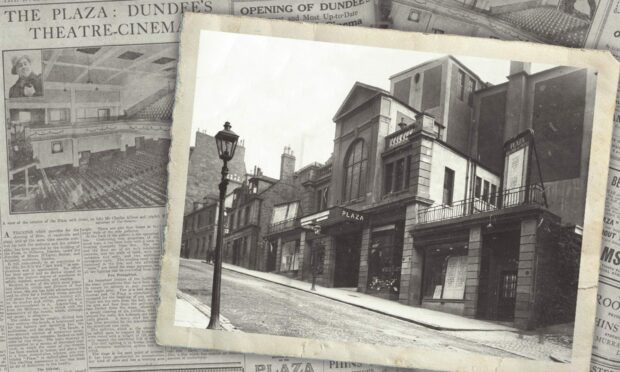
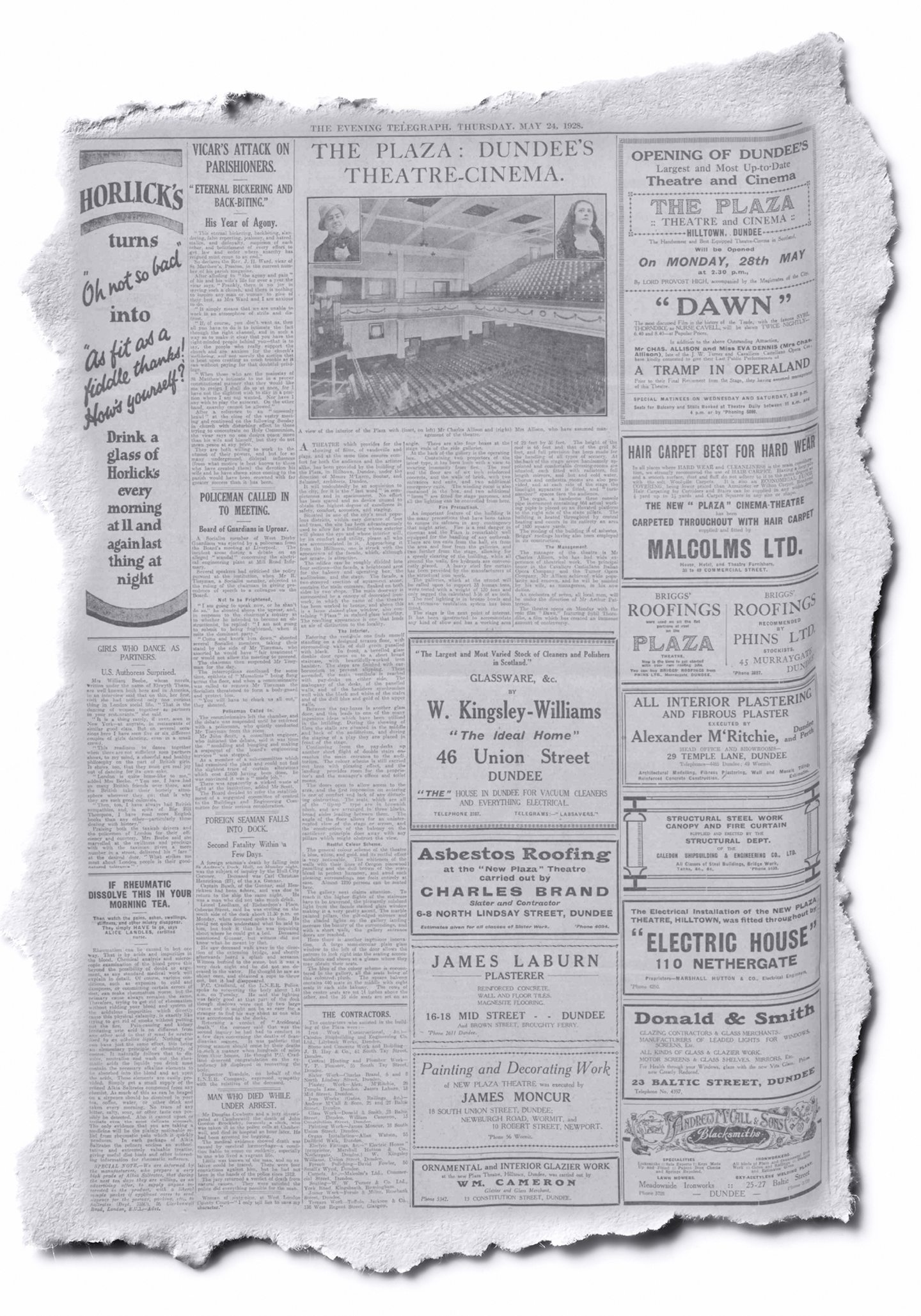
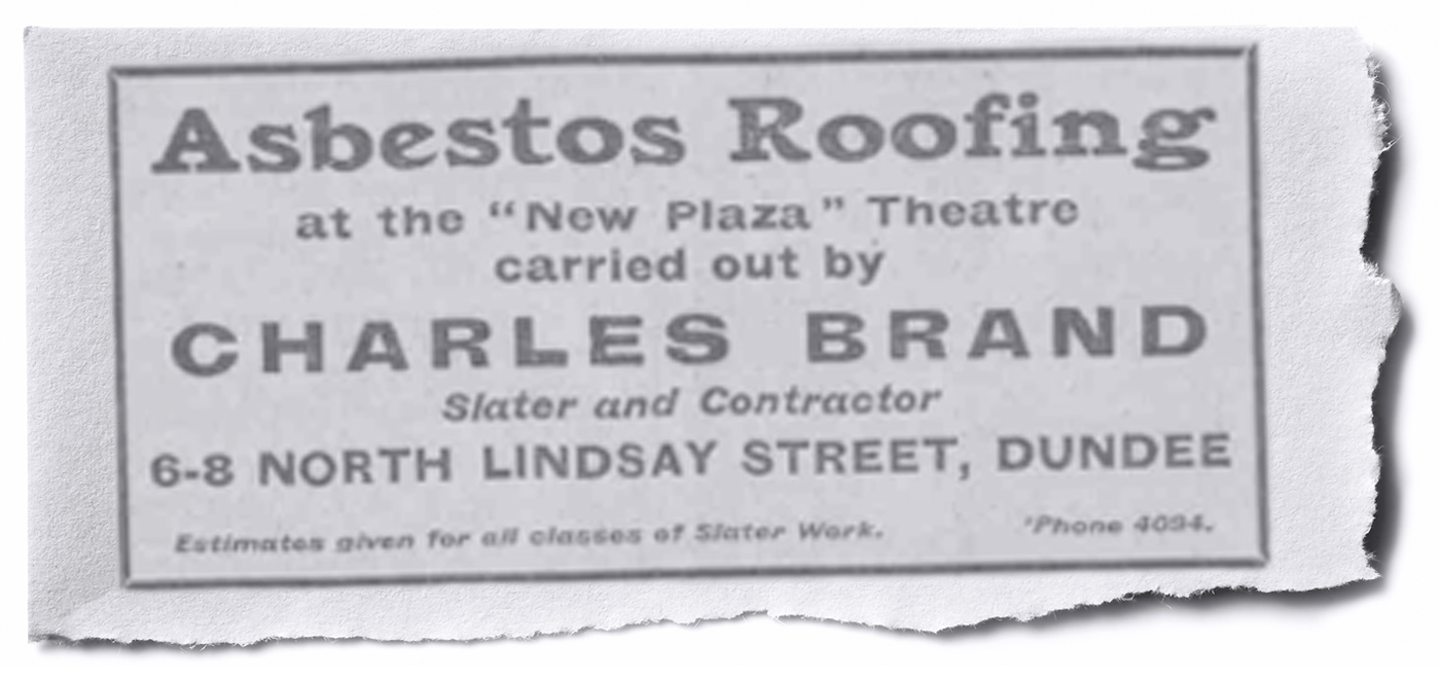
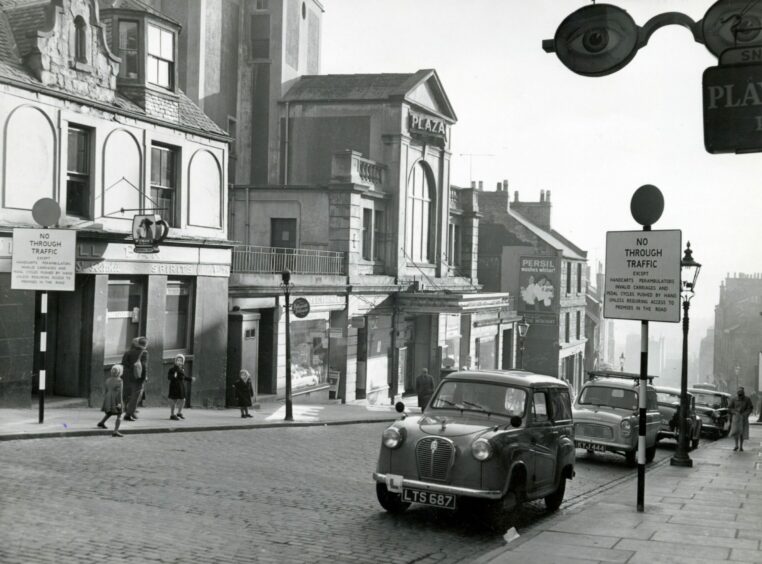
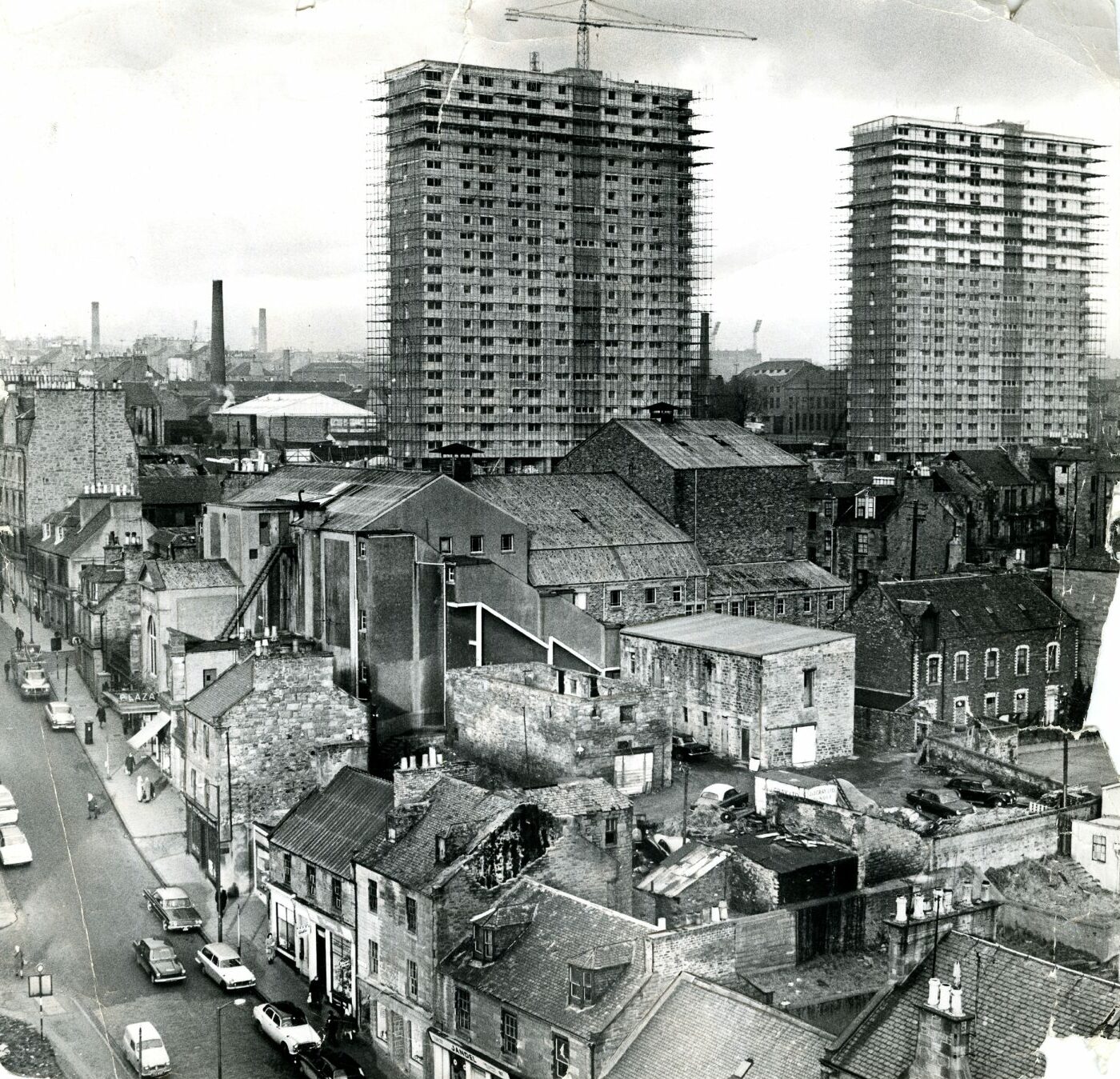










Conversation